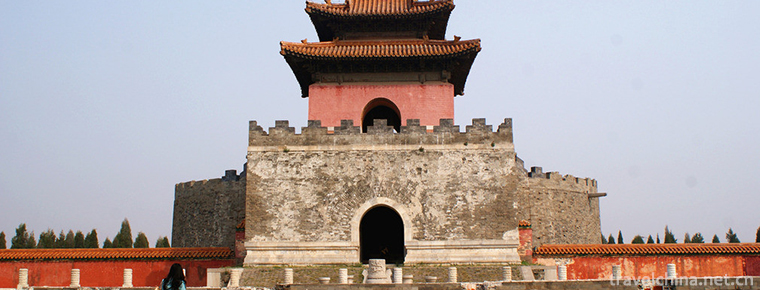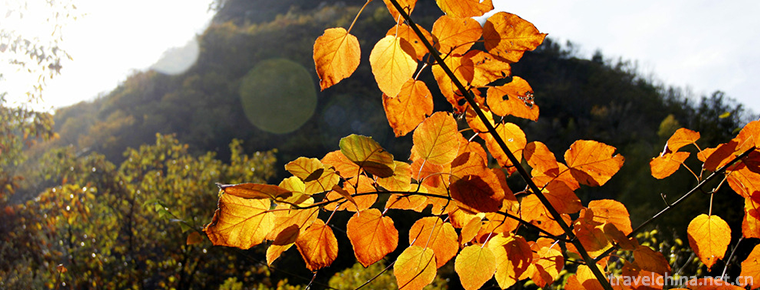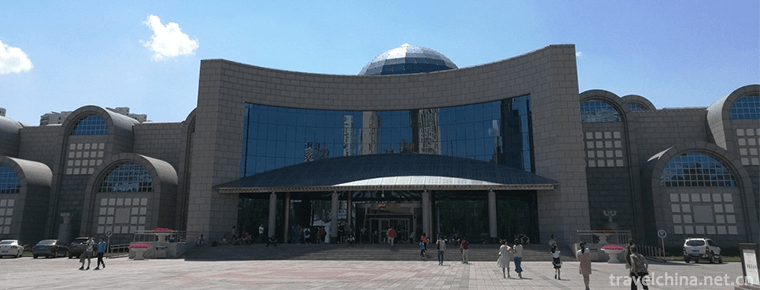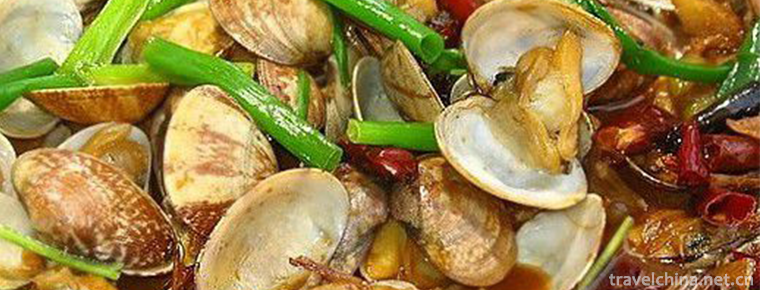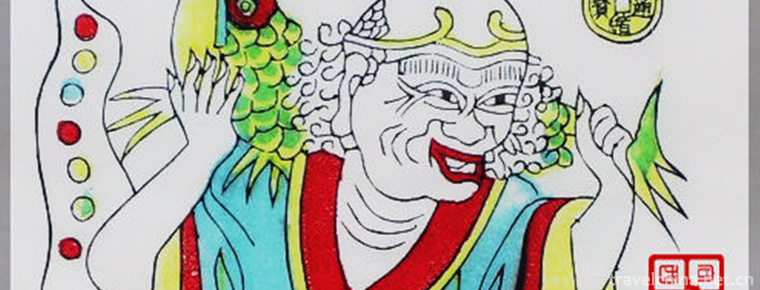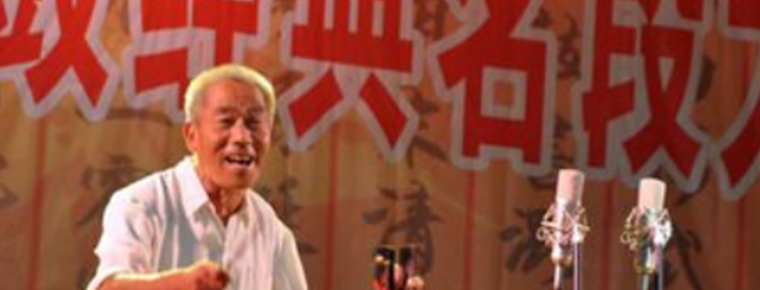ancient game of kicking a ball
ancient game of kicking a ball
Cuju, also known as "Biju", "Cuju", "Cuju", "Cuyun", "Cuyun", "building a ball" and "kicking a round", has the meaning of "Cuju". Cuju was originally a ball with outer leather and inner rice bran. Therefore, "Cuju" refers to the ancients'football, football, football activities, similar to today's football. According to historical records, as early as the Warring States Period, entertaining Cuju games were popular among the Chinese people. Since the Han Dynasty, it has become a method of military training. In the Song Dynasty, there were Cuju organizations and Cuju artists. In the Qing Dynasty, ice bow became popular. Therefore, it can be said that Cuju is a wonderful sport flower with a long history and great influence in ancient China.
On May 20, 2006, Cuju has been listed in the first batch of national intangible cultural heritage list as intangible cultural heritage approved by the State Council.
The origin of Cuju
The "Ju" used in Cuju can be traced back to stone balls. The Dingcun cultural site of Shiqiu about 100,000 years ago was first unearthed, and the Xujiayao cultural site of 40,000 years ago appeared in large numbers. Stone ball was the earliest hunting tool. In the late primitive society, stone balls kicked with feet and hollow pottery balls appeared. The legend of Cuju was written by the Yellow Emperor: "Cuju, the legend of the Yellow Emperor (Liu Xiangbielu)". The Ming Dynasty "Taiping Qinghua" also records: "Taju began after Xuanhou, the Military Martial Arts drama, with leather as the yuan capsule, in fact with hair." That is to say, Cuju began with the Yellow Emperor and began to be used in military training. The bow is made of leather and is full of hair. After the Yellow Emperor killed Chiyou in the Silk Book of the Warring States Period, it was recorded that "as a bow in the stomach, people stick to it, and most of them reward it".
Warring States Cuju
The word "Cuju" was first found in the biography of Shiji Bian Quecang. The book records that in the Western Han Dynasty, as the "Anling Hanli Public Ride", because of the infatuation with "Cuju", although suffering from serious illness, they still did not comply with the doctor's advice to continue to play Cuju, resulting in death. Later, the word Cuju appeared many times in Han Shu. However, the Warring States Period before the Han Dynasty called ancient football "Biju". "Warring States Policy Qize" recorded the life of Linzi people, the capital of Qi, and said: "Seventy thousand families in Linzi... Very rich and practical, its people are all blowing, drumming, building, playing piano, cockfighting, walking dogs, six Bo, bowing. This passage later appeared in Historical Records, Biographies of Su and Qin Dynasty. In Linzi, where people have become wealthy, they have many cultural and sports activities, including playing, hitting, plucking instruments, cockfighting, dog racing, chess and playing football. These historical materials show that in Linzi, the capital city of Qi during the Warring States Period, Cuju has developed into a popular entertainment mode among the people.
Cuju in Han and Three Kingdoms
During the Han and Three Kingdoms Period, Cuju developed rapidly. Firstly, recreational Cuju can be inherited. There are records of "Kangzhuang Running, Poor Lane Stepping on Ju" and "Gongma as the Work, Cuju as the Learning at Home". Secondly, performance Cuju appeared. Performing Cuju is a performance of foot, knee, shoulder and head ball control skills accompanied by drum music. From the Cuju performances depicted on the stone portraits of the Han Dynasty, there are single Cuju 1, single Cuju 2, double Cuju while playing drums, and other forms; there are foot kicks, knees, legs flying together, single foot stop, jump back hook and other technical actions. Some people call it "Cuju Dance", which is an important program in Baiju Opera.
Thirdly, competitive Cuju has emerged. This kind of Cuju generally has a bowling court, which is rectangular, generally east-west, with a hall sitting in the South and North for viewing, surrounded by walls, known as "Jucheng". The specific method of Cuju in Li You's "Ju Cheng Ming" of the Eastern Han Dynasty has some explanations: "The round Ju square wall imitates Yin and Yang. Fa Yue Chong is right, 26 is equal. Jianchang Liping, its usual: not to alienate, not selfish; be calm, do not complain. Ju Zheng is still in the right position, not to mention taking the opportunity! __________
Fourth, Cuju began to be used in military training. Liu said to Bie Lu: "Bie Ju, the force is also. Therefore, practicing warriors, knowledgeable and talented, all because of play and practice. Cuju not only symbolizes the "force" and has the function of training warriors, but also is used to enrich military life and keep soldiers in good physical and emotional condition. The latter is reflected in the fact that "Cuju is made when the army is free". Ban Gu of the Han Dynasty included ancient football in the category of soldier's skills and said, "The winner of attack and defense is also the winner." Yan Shigu of the Tang Dynasty commented on the cloud: "Cuju, Chen Li's affair, therefore attached to the art of war Yan."
Cuju in Tang and Song Dynasties
If the Han Dynasty is a climax of Cuju culture development, then the Tang and Song Dynasties is the second climax of Cuju culture development. First, the inflatable ball appears. Cuju used solid balls filled with hair at first, and inflatable balls appeared after the Tang Dynasty (after the Southern Dynasty). In the Tang Dynasty Zhongwupo's Qi Zhi Fu: "Qi is a ball, and it is a combination of quality. He is boasting and truthful. Beginning with the square, the artificial hand closes the gap, and eventually fills the gap without overflowing. If you have enough convenience, you don't need to know how to get started. The Spring Festival in Shiye Square is full of beautiful cold food. Competition and competition make a sudden noise. Or walk slightly with a pill, and at first fly into the sky with a full moon." Second, the appearance of goal. Ma Duanlin said in "Literature Tongkao Lekao 20": "Cuju began in the Tang Dynasty, planting two bamboos, high number Zhang, networking for the door, in order to pass. Work division around friends, win or lose by the horn. Cuju games with goal are usually single goal, mostly at court banquets. This is a step backward from the previous direct confrontation, but it requires more accurate kicking. When building a ball, two three-foot-high clubs are erected in the center of the court. The diameter of the upper goal is about one foot, which is called "windy eye". The left and right armies (two teams) with different colours of clothes stand on both sides, each team has 12 or 16 people. They are called ball head, wrestling ball, forehand, forehand, left pole net, right pole net and scattered pole net respectively. The ball head is also slightly different from the cap of the players. In the match, the whistle and drum are the number. The left army members first kick off the ball, and then turn the ball several times to the deputy captain. The Deputy captain waits for the ball to be straight and steady, and then passes it to the captain. The captain kicks the ball into the eye of the wind, the winner is the winner. The same is true for the right side. At the end of the game, the winner will be rewarded and the negative will be punished. The captain will eat the whip and paint his face with white powder.
Third, Cuju is more popular. In the Song Dynasty, from the palace courtyard to the civilian family, Cuju was a pleasure. The Cuju Picture of Song Taizu painted by Qian Xuan in Yuan Dynasty depicts the football scenes of Song Taizu Zhao Kuangxu, Zhao Jing and Zhao Pu. Citizens often play Cuju in Royal Street and Cross Street, and so on: "Raise your eyes and smile on the swing, touch the Cuju crazy".
There are also Cuju activities among women. Many bronze mirrors in the Song Dynasty have decorations of men and women playing football. Tao Pillows in the Song Dynasty also depict the scene of folk girls playing football.
Fourth, the method of kicking without goal is gradually standardized. This kind of kick is called a white fight. From one to ten. The "one-man field" is performed by participants in turn, which is called "well wheel". In addition to foot kicking, head, shoulder, buttock, chest, abdomen, knee and other parts can catch the ball. To make the ball rise and fall is called "flying lane" and to make the ball rise and fall on the body is called "rolling lane". It is decided by the number of performance patterns and skill level. Two or more to 10 people are called two-person court, twisting branches, meteor to catch the moon, small to top, big to top, falling flowers and running water, Eight Immortals crossing the sea, kicking flower heart and the whole court, each with a prescribed kicking route. The upper body touching ball is called the upper truncation number, the upper knee touching ball is called the middle truncation number, and the lower truncation number is called the lower truncation number with the lower leg and foot kicking. There are many ways to play, so Cuju Publishing Book says "100,000 kicks at the foot, hundreds of thousands of solutions". Fifth, there are Cuju organizations and social regulations. In order to safeguard their own interests and promote mutual assistance, at least in the Southern Song Dynasty, Cuju artists in the Song Dynasty organized their own groups, called "Qiyun Society", also known as "Round Society". This is a special Cuju organization, which is responsible for the competition organization and promotion of Cuju activities. Qiyun Society has also formulated Qiyun Social Regulations. Among them are the "ten most important": to be patient, to be trustworthy, to be sincere, to behave, to be gentle, to be friends, to respect, to be modest, to be courteous, to be spiritual. Ten abstinences: abstain from talking, gambling, fighting, right and wrong, arrogance, deception, rampancy, word litigation, light and light, and abstain from alcohol and lust. Song people talked about the value of Cuju, praised "Cuju success is hard to say, eating healthy body sleep. It was not easy to pass on the magic of the immortal law. He also said, "A skillful craftsman with unusual round seams can be praised for his light wit and strong body. It can refresh the spirit of the prince and tempt the king and his grandson to be polite and righteous. It can not only make people fit and happy, but also help to understand etiquette and justice, reflecting the development and change of the concept of Cuju.
Cuju in Liao, Jin and Yuan Dynasties
Cuju in Liao, Jin and Yuan Dynasties is one of the festivals of the imperial court. Six lines of wine, Zheng playing alone, building balls." Guan Hanqing, a great dramatist in the Jin and Yuan Dynasties, in his Sanqu of "Never Falling Old", said fondly in his life: "I can also go, play Cuju, fight encirclement...". The unknown Sanqu of Yuan Dynasty said, "When you see tourists bustling around, Wang Sun competes for Cuju." Cuju was very popular at that time. It was not uncommon for men and women to kick each other in the Song and Yuan Dynasties. Yuanqu said: "Like this, female school lieutenants have never been so few, with the round club often throw Cuju, occupying the field accompanied by some heroes. That flamboyant, body enchanting... This situation is also reflected in the cultural relics. There are two football bronze mirrors in the Tibetan Museum of History and Hunan Museum. The relief on the back of the mirror is a pair of men and women kicking each other. But these women are geishas who play football with others, not ordinary women.
Ming and Qing Dynasties
Cuju was still popular in the Ming Dynasty. According to the Ming History, Zhang Shixin, brother of Wu King Zhang Shicheng, who supported Sanwu and called the military separatist regime, said, "Every division, regardless of military affairs, carries Zhaopu (a gambling tool), Cuju and supports women's banquets." It can be seen that Cuju has been linked with sexual pleasure. Therefore, after Zhu Yuanzhang became emperor, he passed down the imperial decree and strictly forbade soldiers to play Cuju. Zhu Yuanzhang's decree can only prohibit soldiers, but it can not change the entertainment nature of Cuju, nor can it prohibit folk activities of Cuju. In the Ming Dynasty, handicraft workshops specializing in making bows appeared, selling various kinds of bows (then called "Jianshi"). There are 24 kinds of "Jianse Names" recorded in "Cuju Atlas" (some people call it "Branded Commodity Ju"), and 40 kinds of "Jianse Names" recorded in "Cuju Spectrum". The prosperity of handicraft industry and Commerce in Ming Dynasty also brought the vigorous development of folk associations, and jargon became popular. In the early Ming Dynasty, there were 45 Yuanshe brocades in Cuju Tupu, and in the middle and late Ming Dynasty, 130 Yuanshe brocades were developed in Cuju Pu.
By the Qing Dynasty, there were few records of football activities in the historical books. The Manchu people once combined it with skating, and the sport form of "bowing on ice" appeared. Every winter in the early Qing Dynasty, ice-frolic ceremonies were held in Taiyechi (now Beihai), "Practice and reward, and practice national customs with simple military affairs". Every October of the lunar calendar, "200 Ice Walkers are selected for each flag according to a fixed number. The Interior Office prepares skates, rows, bows and arrows, and racks". On the ninth day after the winter solstice, the emperor "drives the lucky Yingtai and other places, furnishes Ice Games and shoots the celestial sphere and so on...". Ice games also include ice bowing, skating tarts, ice juggling, ice bed (ice bed), speed skating and so on.
After the mid-Qing Dynasty, with the introduction of western modern football, Chinese traditional Cuju activities were basically replaced by European modern football, and shuttlecock kicking was inherited and developed as a "legacy of Cuju" (Song Gaocheng's Book of Things).

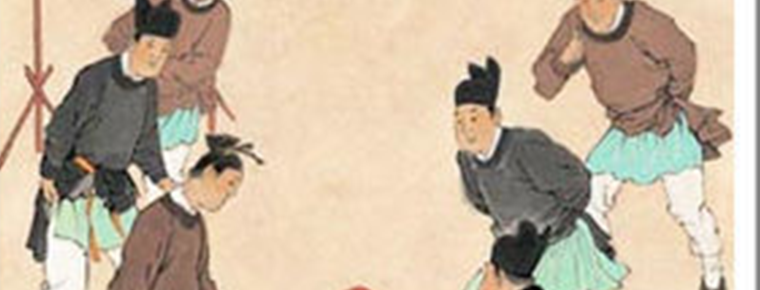
-
Eastern Royal Tombs of the Qing Dynasty
Eastern Royal Tombs of the Qing Dynasty is located 30 kilometers northwest of Zunhua City, Tangshan City, Hebei Province. It is 125 kilometers west of Beijing City and covers an area of 80 square kil.
Views: 267 Time 2018-11-24 -
Mutual Aid Tu Nationality Hometown
Huzhu Tujia Hometown Scenic Area is located in Weiyuan Town, Huzhu Tujia Autonomous County, Haidong City, Qinghai Province. It is 31 kilometers away from Xining City.
Views: 105 Time 2018-12-12 -
Wanpingkou Scenic Area
Wanpingkou scenic spot is located in Rizhao, a beautiful coastal city in Shandong Province. "Tourist sunshine is bound to Wanpingkou" has become the consensus of tourists around the world.
Views: 88 Time 2018-12-17 -
Muzhaling Luoyang
Located in Checun Town, Songxian County, Luoyang City, Henan Province, Luoyang Muzhaling is a National Nature Reserve of Funiu Mountain and a world geological park..
Views: 132 Time 2019-02-06 -
Museum of Xinjiang Uygur Autonomous Region
The Museum of Xinjiang Uygur Autonomous Region, located at No. 132 Northwest Road, Urumqi City, is a provincial comprehensive geographic museum..
Views: 229 Time 2019-02-25 -
Babao raw shell fresh shellfish
Babao raw shell fresh shellfish is a traditional famous dish in Shandong Province, which belongs to Shandong cuisine. It is made of fresh shellfish, pure winter bamboo shoots, watery mushroom, shrimp,.
Views: 196 Time 2019-03-27 -
Fengxiang Wood Engraving New Year Picture
Woodblock New Year Painting is a traditional folk art form with a long history in China. Fengxiang Woodblock New Year Painting is a major school of Chinese traditional folk New Year Painting..
Views: 212 Time 2019-04-29 -
Lu an drum
Luan drum is a traditional drum book and drum music form with distinct regional characteristics in the north, also known as the "old tune of Lu'an". It is named for its popularity in the are.
Views: 438 Time 2019-05-15 -
Qiang Nationality Year
The Qiang Year is a traditional festival of the Qiang people, also known as the Year of the Youth, which is held on October 1 of the lunar calendar every year. In Maoxian area, there are special regul.
Views: 179 Time 2019-06-10 -
Butter Flowers in Tar Temple
Butter flower originated from Benjiao religion in Tibet. It is a small decal on the food supply. According to traditional Indian Buddhist customs, the tributes offered to Buddhas and Bodhisattvas are .
Views: 291 Time 2019-06-17 -
Bijia mountain Luzhou City Sichuan Province
Bijia mountain is located in Hejiang County, Luzhou City, Sichuan Province, 42km away from Luzhou City and 7km away from Hejiang county. Bijia mountain is named for its three peaks standing like a penholder. Bijia mountain area is dangerous, surrounded by cliffs and cliffs. The mountain has the characteristics of typical red Danxia landform, unique landscape and beautiful scenery..
Views: 161 Time 2020-10-16 -
Population and nationality of Suining
At the end of 2019, the total number of household registration in Suining was 1 million 380 thousand, and the household registration population was 3 million 629 thousand, a decrease of 0.7% over the previous year, of which 1 million 4 thousand and 900.
Views: 126 Time 2020-12-16
